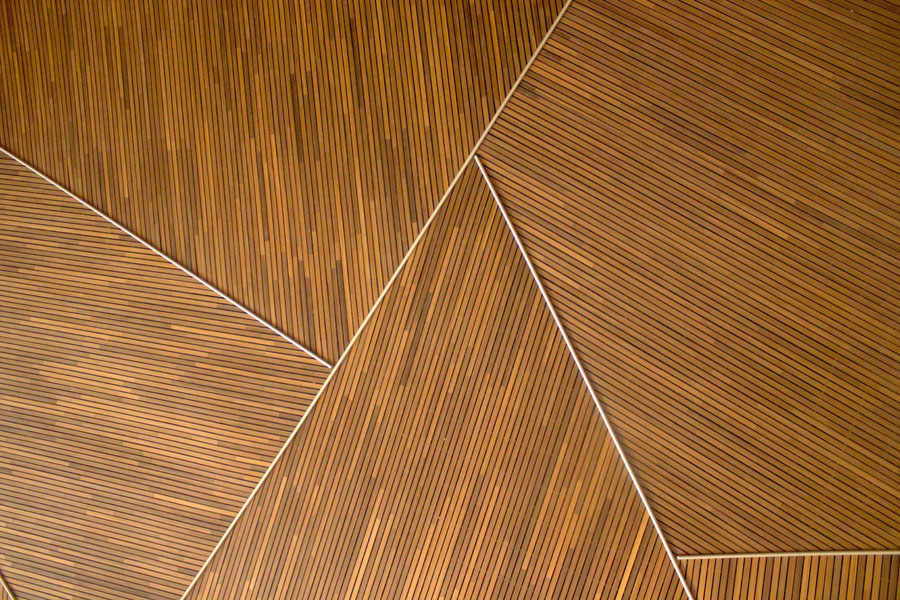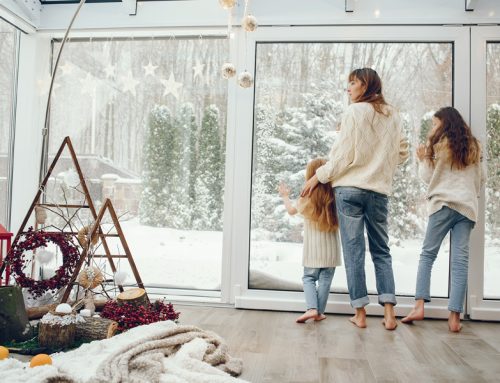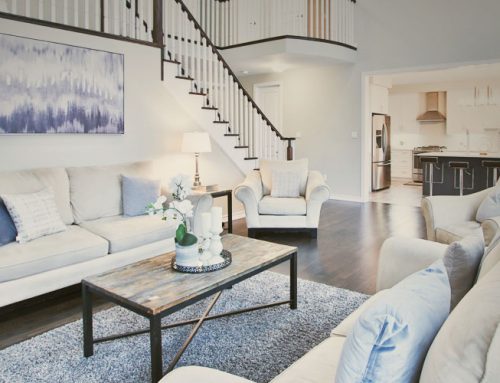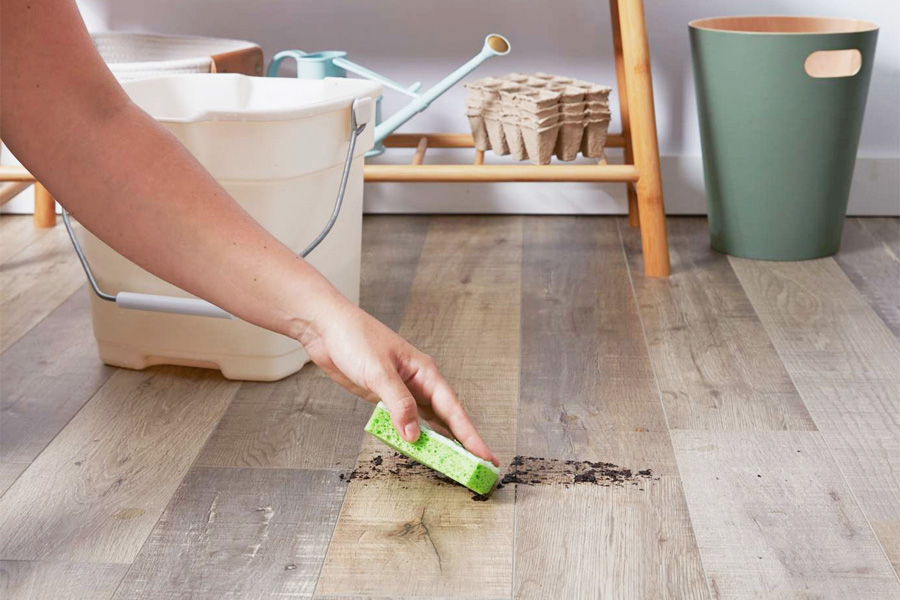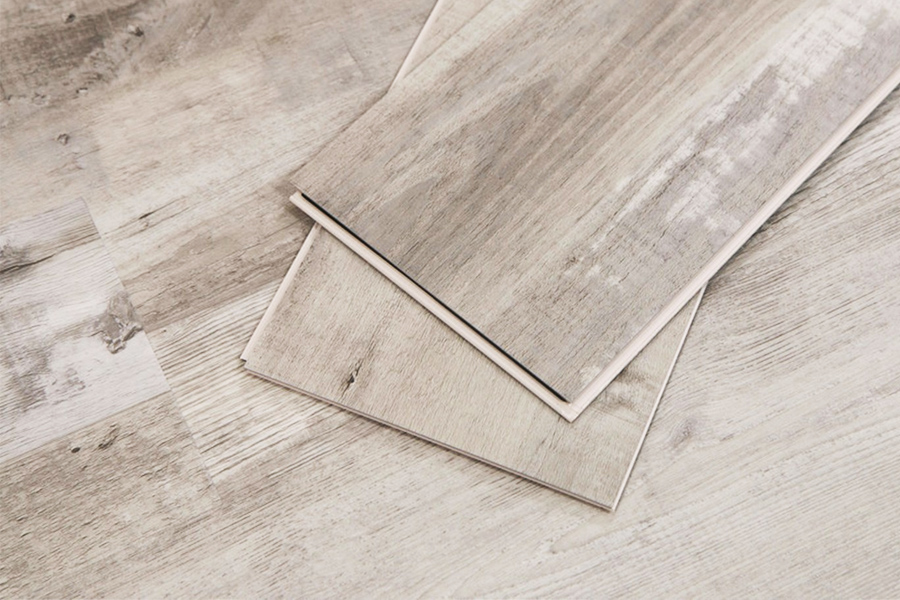Add visual interest to your floors with a unique and eye-catching pattern. Join us as we explore some great techniques for both traditional hardwood flooring and parquet wood floors.
Traditional Plank Hardwood Floor Patterns
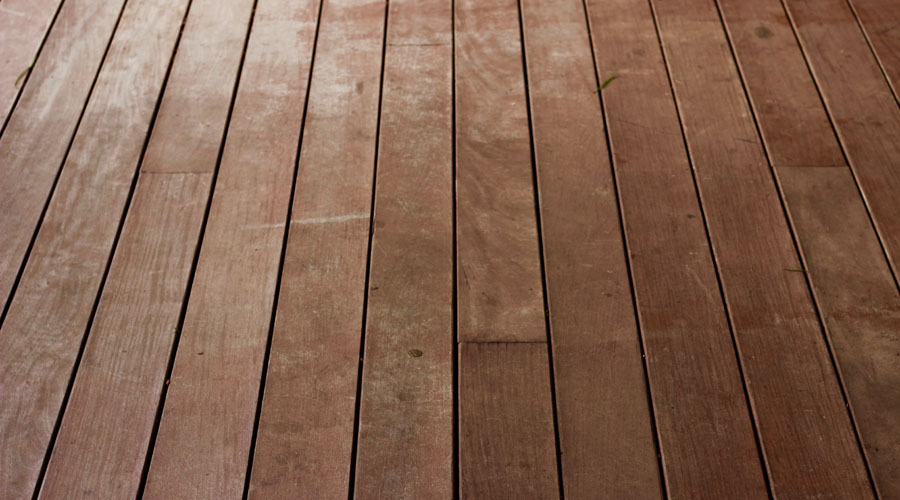
Straight and Narrow
The most traditional way to lay floors, straight patterns rely on similarly sized boards placed side to side. The continuous length draws the eye and elongates the room. This technique is great for smaller homes or anywhere that could benefit from the illusion of additional space. Narrow or wide boards can be utilized in equal effect and should follow the longest wall for the greatest impact. Straight boards embody a clean design that is both effective and beautiful in its simplicity.
- Elongates small rooms
- Acts as a neutral canvas for home furnishings
- Easy to design around and maintain
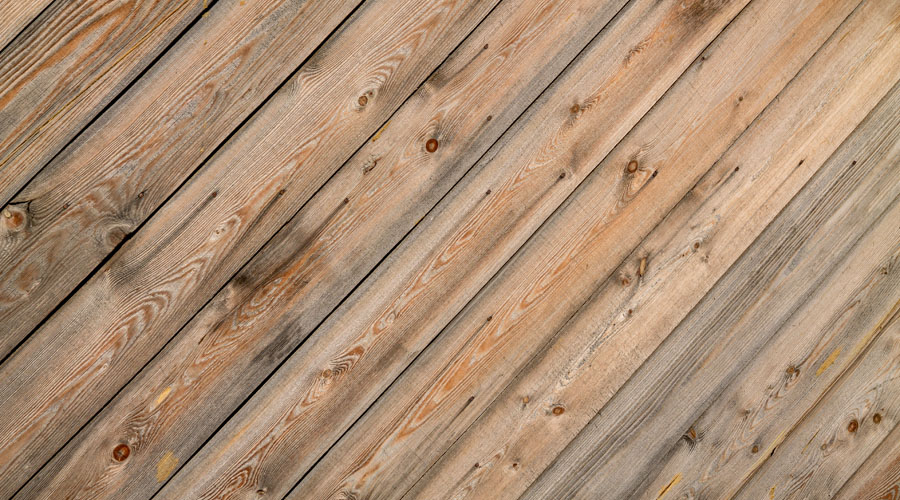
On the Diagonal
A little bit bolder, laying floors on the diagonal adds visual interest and impact. Running from corner to corner instead of along a wall, diagonal boards laid directionally can showcase a specific element or feature. Hallways and kitchens can benefit from this type of design since it breaks up the space and can trick the eye into thinking the room is wider than it appears. Popular in Baltimore rowhomes, diagonally placed boards are a great option that blends time-tested style with modern design.
- Upgrades the visual interest
- Takes more care to install due to additional cuts
- Draws focus up and toward corners of room which can expand the space
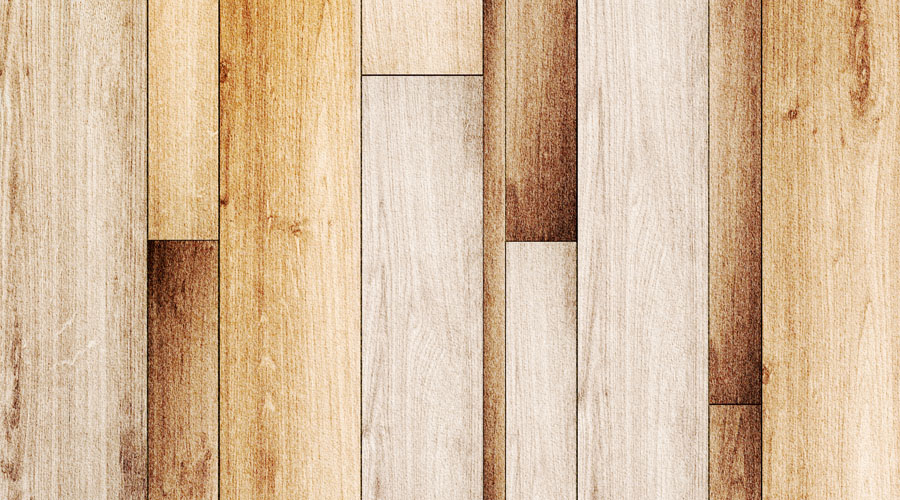
Random Widths
A combination of both wide and narrow planks can be a great compromise to balance tradition with upcoming trends. Not only does the variety of board sizes create visual interest, but it makes the room feel larger and more modern. Adaptable to any style or palette, random widths can look great with dark espresso stained maple or whitewashed oak.
- Used to create the impression of a bigger space
- Freshens up traditional style
- Cost and time effective to install
Parquet Wood Floor Patterns

Versailles
First created in the 17th century, the Versailles pattern was inspired by the legendary Château de Versailles in France. It is a repeating hardwood design consisting of a square border edged with interlaced diagonals. Conveying a sense of majesty and grace, it is a popular style in historical mansions and European castles. It is a great example of fine parquet – a mosaic design of wood pieces crafted in angular or geometric shapes. These days, it’s back in the spotlight, making use of a wide variety of wood types and motifs.
- Stable and easy to apply since it comes in blocks rather than boards
- Adds elegance to space
- Unlimited pattern styles
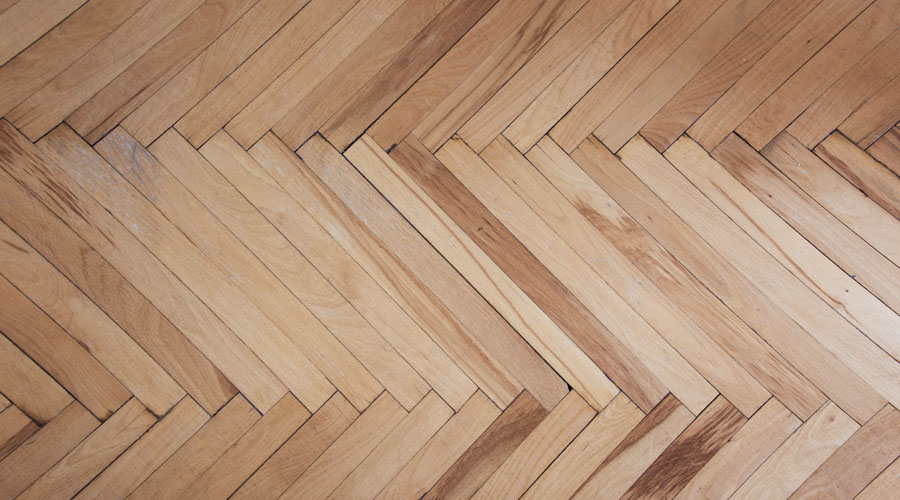
Herringbone
Named after the bone structure of the Herring fish, herringbone patterned floors are both intricate and eye-catching. Made from an interlocking pattern of short, straight-edged boards nestled point to point, it lends itself well to the use of two contrasting hardwood types. Dark and light, multi-toned boards stand out and can be used in a straight or diagonal pattern. Herringbone is put to its best use in larger rooms, since the business of the design can make a room feel more intimate and cozy.
- Can make room feel smaller
- Flexible installation, can run either diagonal or parallel to the room
- Currently experiencing a surge of popularity

Chevron
Quite like its Herringbone cousin, Chevron floors are comprised of a dizzying zig-zag pattern that has statement making potential. Cut at a sharper angle than herringbone, Chevron floors create a series of points and valleys that direct the eye across the room. Although its roots stem from historical French tradition, chevron patterns create a sense of movement and flow and are once again gaining in popularity.
- Beautiful V-shaped layout
- Stable and long lasting
- Pattern will stand the test of time


